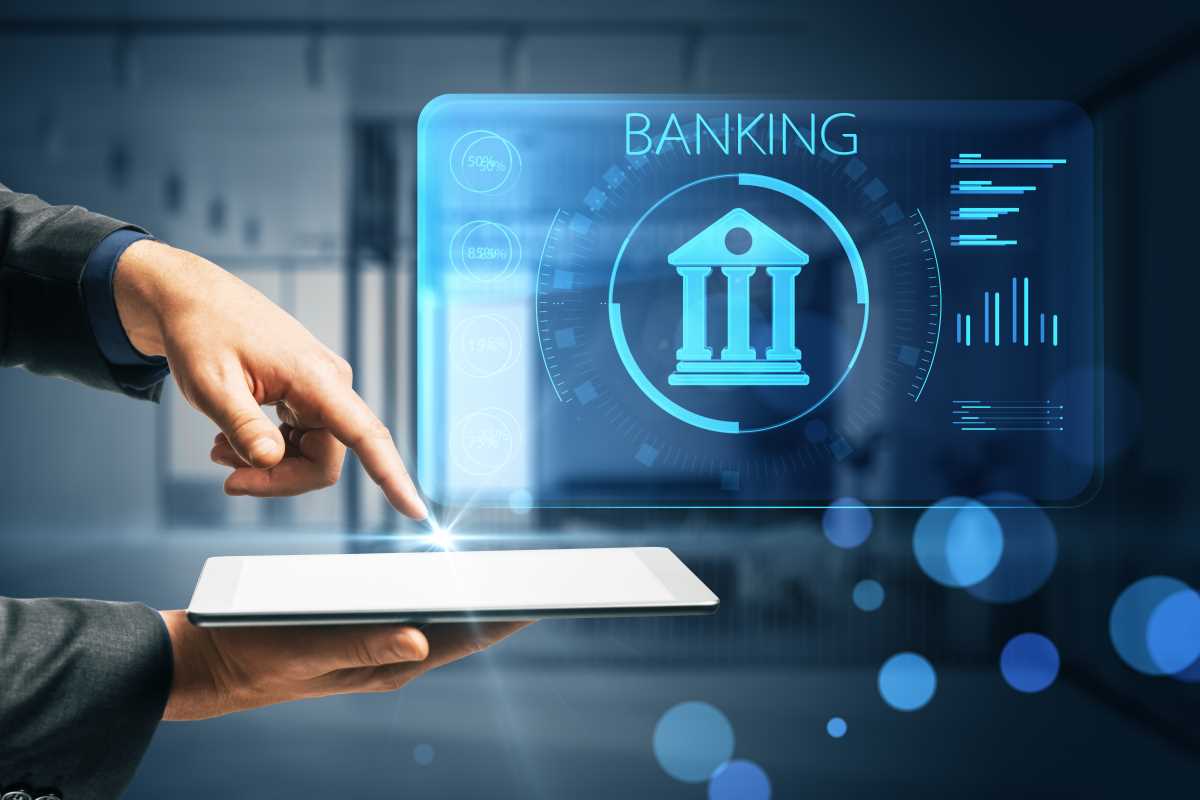Open banking is transforming the financial landscape, enabling consumers to gain greater control over their financial data and access an array of innovative tools and services. By allowing third-party providers to securely access banking information through application programming interfaces (APIs), open banking has opened the door to a new era of personalized, efficient, and transparent financial solutions. This paradigm shift is redefining how consumers interact with financial institutions, fostering competition, innovation, and financial inclusion.
What Is Open Banking?
Open banking is a regulatory framework and technological innovation that facilitates secure data sharing between banks and third-party financial service providers. With consumer consent, banks grant these third parties access to account information, such as transaction history and spending patterns, via APIs.
Governments and regulators worldwide, such as the European Union with the Revised Payment Services Directive (PSD2) and the UK's Open Banking initiative, have been instrumental in driving the adoption of open banking. These frameworks aim to promote transparency, enhance competition, and encourage innovation in the financial sector.
Key Features of Open Banking
- Consumer-Centric Approach: Consumers have control over their financial data and can decide which third-party providers can access it.
- Secure Data Sharing: Open banking uses advanced security protocols and encryption to protect sensitive financial information.
- Collaboration and Innovation: Banks and fintech companies collaborate to deliver more tailored and user-friendly financial tools.
Revolutionizing Consumer Access to Financial Tools
Open banking is reshaping how consumers interact with financial services, providing greater convenience, personalization, and empowerment.
- Enhanced Financial Management
- Open banking enables consumers to access consolidated financial information across multiple accounts and institutions through a single platform. This holistic view allows users to track spending, analyze budgets, and manage their finances more effectively.
- Personal Finance Apps: Applications like Yolt and Mint leverage open banking to offer insights into spending habits, savings opportunities, and financial goals.
- Automated Budgeting: AI-powered tools analyze transaction data to create personalized budgets and suggest ways to save money.
- Open banking enables consumers to access consolidated financial information across multiple accounts and institutions through a single platform. This holistic view allows users to track spending, analyze budgets, and manage their finances more effectively.
- Faster and More Accessible Credit
- Traditional credit assessment models often rely on limited financial data, which can exclude individuals with thin credit histories. Open banking transforms this process by providing lenders with a comprehensive view of a consumer’s financial behavior.
- Alternative Credit Scoring: Open banking allows lenders to assess creditworthiness using transaction data, enabling fairer access to loans for individuals without traditional credit histories.
- Instant Loan Approvals: Open banking enables faster loan approvals by leveraging real-time data, improving the user experience.
- Streamlined Payments
- Open banking is revolutionizing payments by enabling direct, secure transactions between consumers and merchants without intermediaries.
- Account-to-Account Payments: Consumers can make payments directly from their bank accounts, reducing reliance on credit cards and payment processors.
- Lower Transaction Costs: By bypassing traditional payment networks, open banking reduces fees for businesses and consumers alike.
- Open banking is revolutionizing payments by enabling direct, secure transactions between consumers and merchants without intermediaries.
- Personalized Financial Products
- With access to detailed financial data, providers can offer personalized financial products tailored to individual needs and preferences.
- Customized Insurance: Insurers can use spending and behavioral data to create bespoke policies that align with a consumer’s lifestyle.
- Investment Portfolios: Robo-advisors leverage open banking data to design investment strategies based on a user’s financial goals and risk tolerance.
- With access to detailed financial data, providers can offer personalized financial products tailored to individual needs and preferences.
Promoting Financial Inclusion
Open banking has the potential to bring financial services to underserved populations, fostering inclusion and economic growth.
- Access for the Unbanked: Open banking tools can offer financial services to individuals without access to traditional banking by leveraging mobile platforms and alternative data.
- Empowering Small Businesses: Open banking simplifies cash flow management, lending, and payment processing for small and medium-sized enterprises (SMEs), helping them thrive in competitive markets.
Challenges and Risks
While open banking presents numerous benefits, it also comes with challenges that need to be addressed to ensure its success.
- Security and Privacy Concerns
- The sharing of sensitive financial data raises concerns about privacy and cybersecurity. Robust encryption and authentication mechanisms are essential to prevent data breaches and unauthorized access. Regulators must enforce strict compliance standards to safeguard consumer information.
- Consumer Awareness
- Many consumers remain unaware of open banking and its potential benefits. Financial literacy campaigns and transparent communication are needed to build trust and encourage adoption.
- Interoperability and Standardization
- To maximize the potential of open banking, seamless integration between banks, fintech companies, and third-party providers is crucial. Standardized APIs and cross-border collaboration can ensure interoperability and scalability.
The Future of Open Banking
The future of open banking is bright, with ongoing developments set to expand its reach and capabilities:
- Open Finance: The evolution of open banking into open finance will enable consumers to access a broader range of financial products, including pensions, investments, and insurance.
- Embedded Finance: By integrating financial services into non-financial platforms, open banking can enhance consumer experiences across industries like e-commerce and healthcare.
- AI and Machine Learning: Advanced analytics will drive smarter financial tools, offering predictive insights and automated solutions.
Real-World Examples
Several companies are at the forefront of the open banking revolution:
- Plaid: This fintech company provides APIs that enable apps to connect with users' bank accounts, facilitating financial management and payment solutions.
- Revolut: A digital banking platform that leverages open banking to offer features like currency exchange, budgeting tools, and peer-to-peer payments.
- TrueLayer: Specializing in open banking APIs, TrueLayer powers applications for payments, financial insights, and credit scoring.







